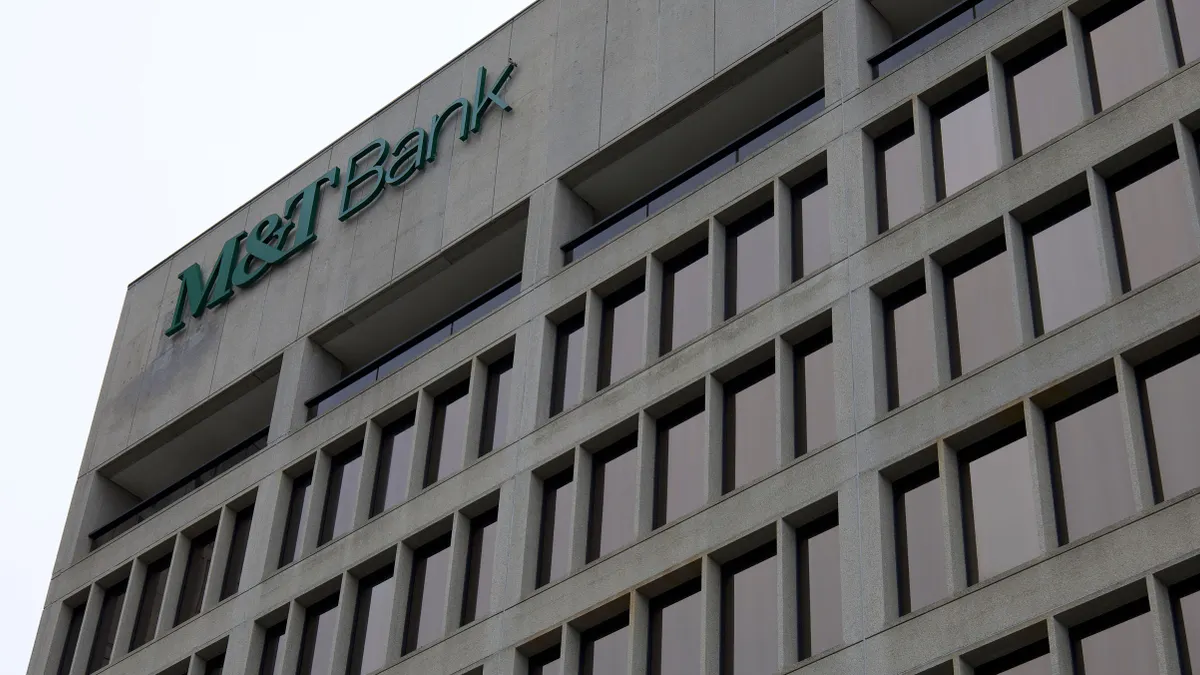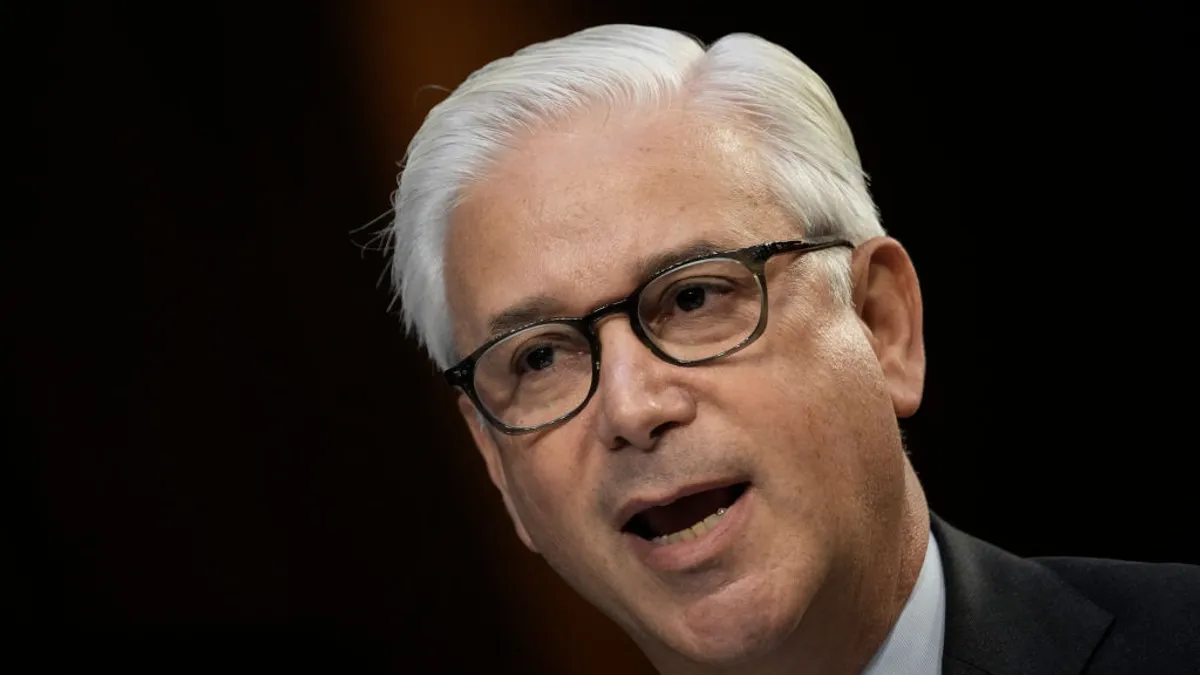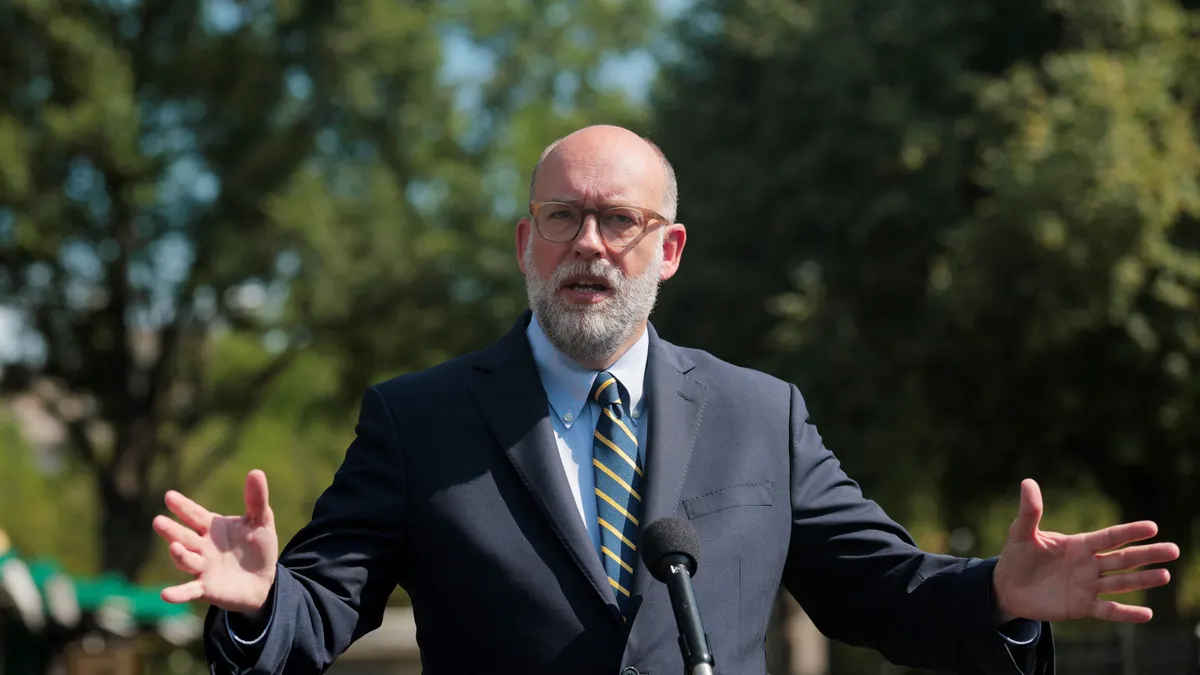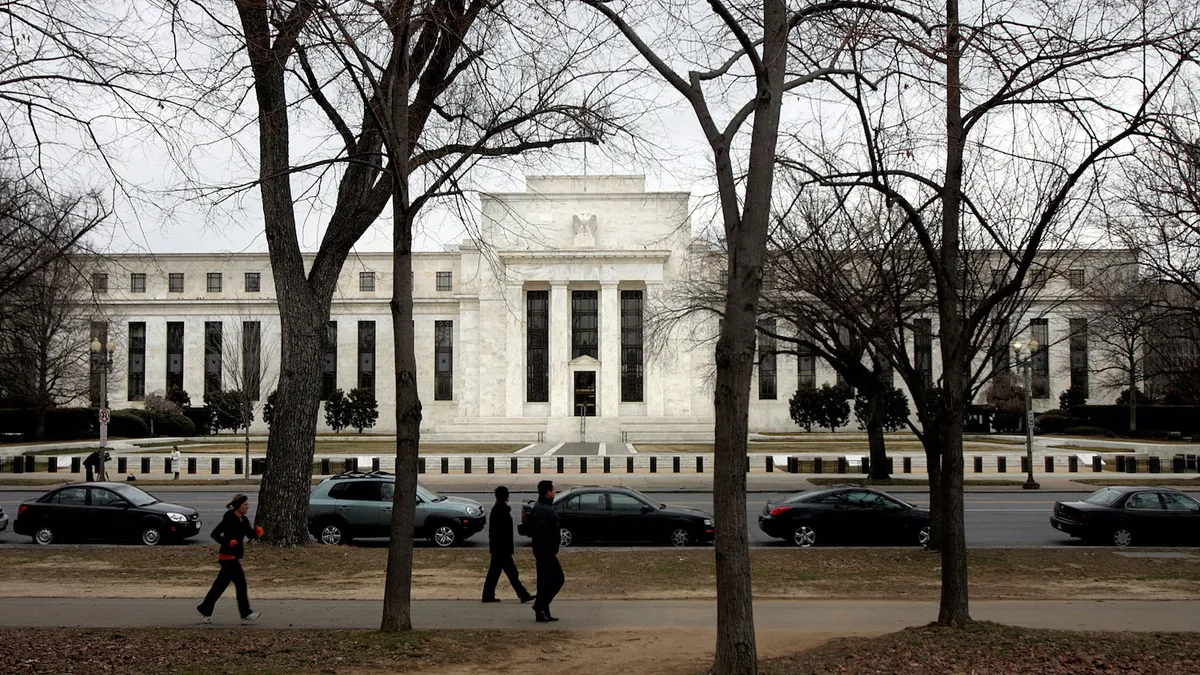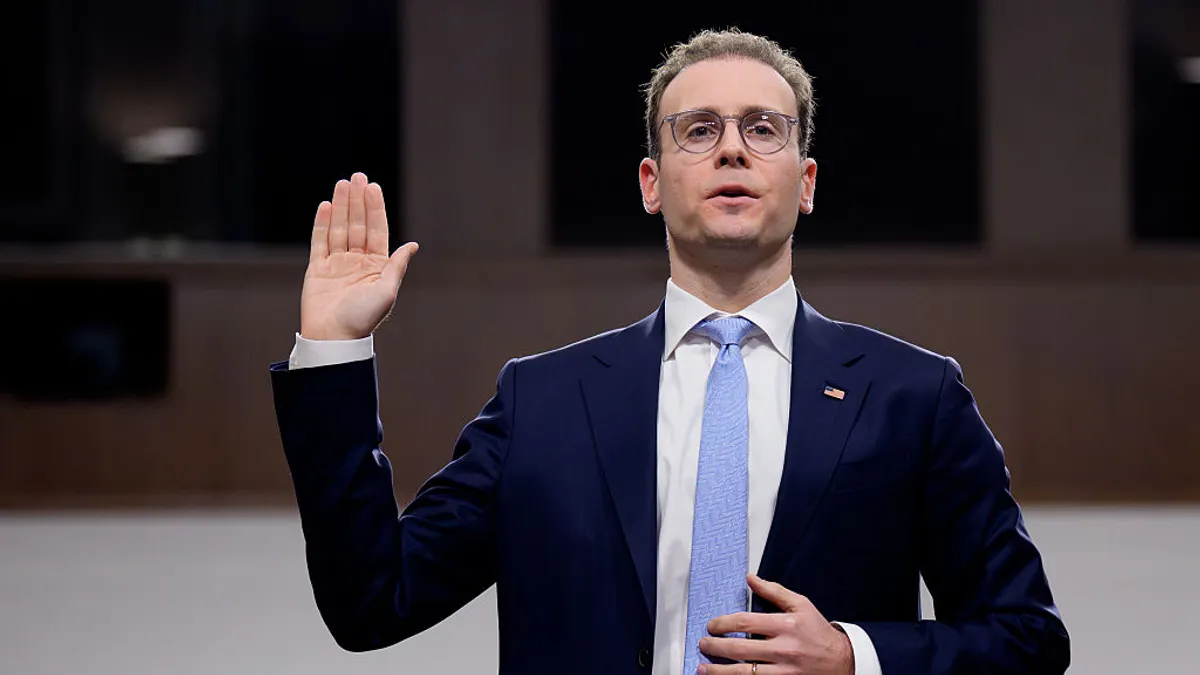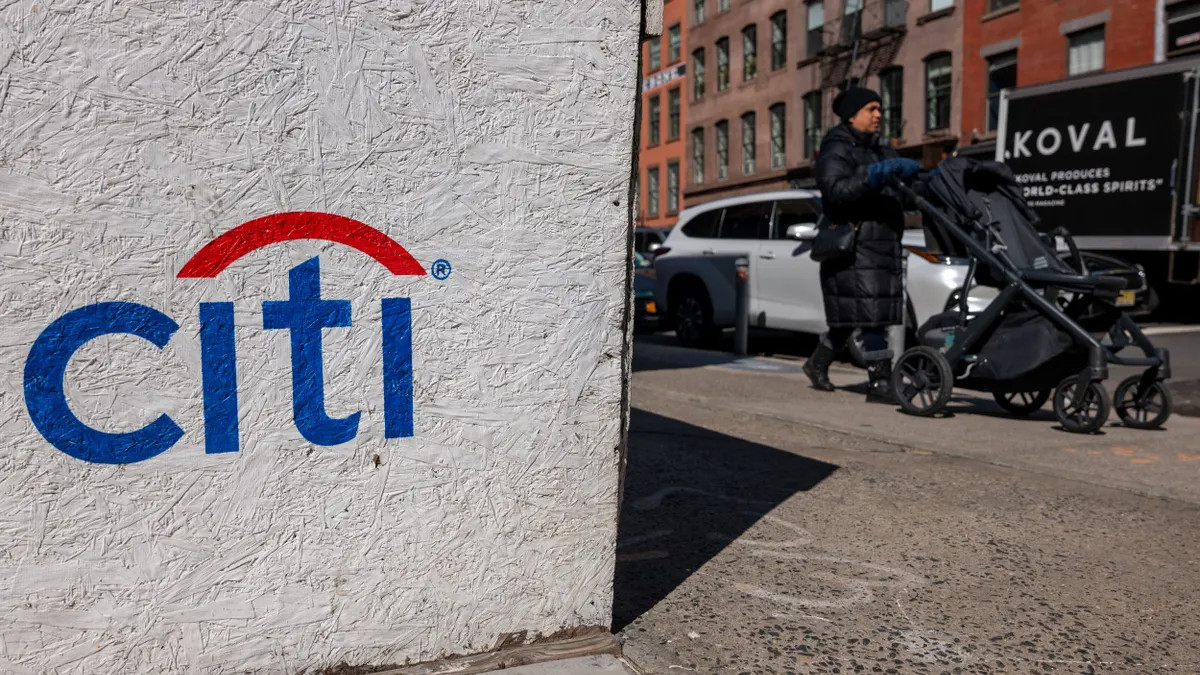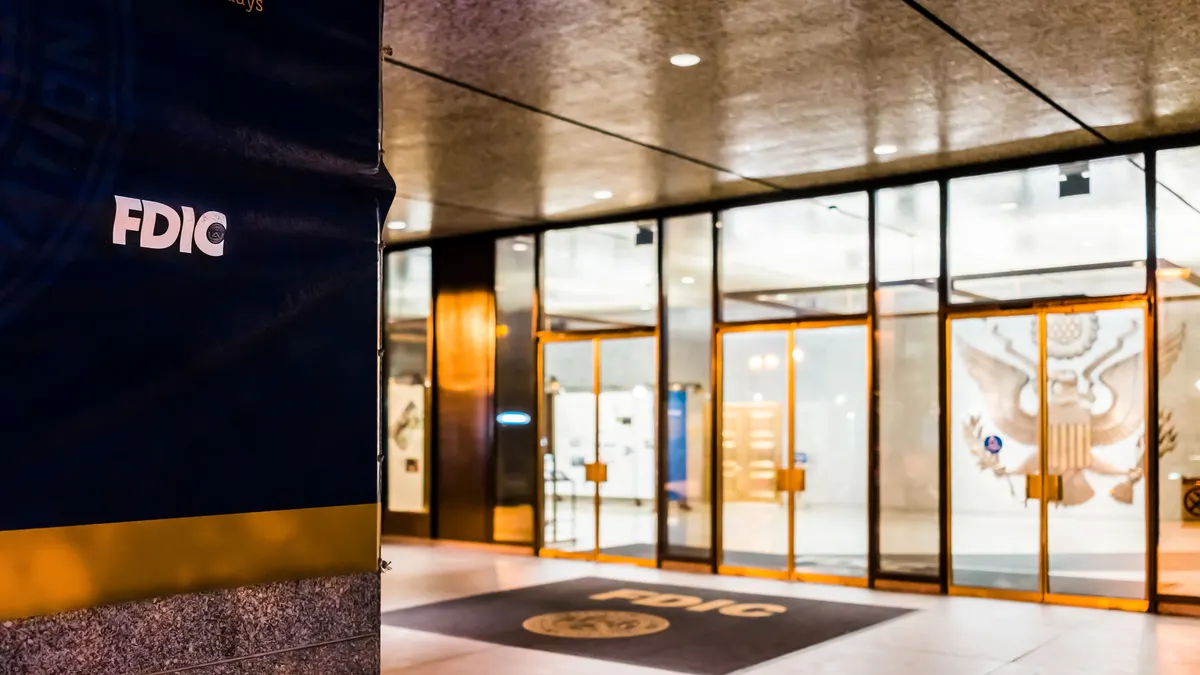Citi is working to “swiftly” incorporate regulator input amid the bank’s effort to put its data, risk and control issues behind it, CFO Mark Mason said this week, as the lender chases growth one year after launching a major reorganization.
New penalties totaling $135.6 million from the Federal Reserve and the Office of the Comptroller of the Currency provided “feedback” on the New York City-based bank’s endeavor to modernize its technology, Mason said during a Monday appearance at a Barclays conference.
Those fines came with regulators’ admonishment that the bank had failed to make sufficient progress on the data quality, risk management and internal control issues that resulted in a pair of enforcement actions in 2020. Citi executives have called the “Transformation” the bank’s top priority.
The lender is considering how it approaches data from an end-to-end point of view, “ensuring that we're capturing the right critical data elements at inception as they come into our systems so that they are of the quality and the speed with which we need them as we have to do regulatory reporting,” Mason said.
“We've already done a lot of work at how we invest more in that, how we improve some of those processes, how we strengthen that governance and the standardization around that,” he added. That work will continue over the coming quarters, Mason said.
Citi’s regulators “wanted to ensure that we were allocating enough resources in order to deliver on the plan we had committed to,” he noted.
That’s led the bank to review how it’s proceeding against its initiatives and where it’s behind schedule. The bank also aims to identify what additional support is needed to get back on track, Mason said.
“We take the feedback on a regular basis from our regulators,” he said. “We incorporate that feedback. We try to do that swiftly.”
The bank spent $12.2 billion on technology last year, with more than half of that going toward modernization initiatives.
Ultimately, executives are committed to investing whatever’s necessary to resolve the consent orders and strengthen risk and controls, Mason said.
“But it will take some time and there will always be fits and starts when you do an overhaul of this size and magnitude,” Mason said.
Citi expects this year’s expenses to be between $53.5 billion and $53.8 billion, but closer to the higher end.
While the bank has been focused on “right-sizing” expenses, Mason said Citi is also ensuring it has the right staffing levels to chase opportunity, so it’s reinvesting as it’s also cutting costs. The lender is likely to do more hiring in the second half of the year, he added.
“We obviously have to continue to put some proof points on the board,” Mason said. “There's still skepticism around expenses and revenue growth and those two are kind of tied.”
The bank has cut some 7,000 employees since announcing its reorganization last September. It has said it aims to shrink its staff by 20,000 by 2026.
Also on the road to recovery
Wells Fargo, another big bank that’s faced a similar level of long-standing regulatory scrutiny, continues work to distance itself from its 2016 fake-accounts ordeal, Wells Fargo CFO Mike Santomassimo noted during a Tuesday appearance at the Barclays conference.
The bank expects non-interest expenses to total $54 billion for the year, up from a previous forecast of $52.6 billion, due in part to higher operating losses and customer remediation costs.
Barclays analyst Jason Goldberg said he thought most of the lingering expenses from Wells’ own post-scandal reshuffling would have been behind the bank by now, five years after Charlie Scharf became CEO.
Santomassimo said the San Francisco-based lender spent the first half of the year “working really hard to put some of the historical issues behind us.”
“Sometimes these things take much longer than you would expect,” Santomassimo said, adding that they can be “complicated” and take time to work through.
But as those expenses “crystallize,” that typically means “you’re a little bit further along in the process,” he said, without elaborating.
Wells has continued its client remediation work, Santomassimo said.
Goldberg later asked about the bank’s $1.95 trillion asset cap, imposed by the Federal Reserve in 2018, noting it feels like the tone around the asset cap has been more upbeat this year.
Santomassimo pointed to the evolution of language executives have used related to the restriction on the bank’s asset size. About five years ago, the bank gained clarity on what needed to be done, and set out to make progress; now, Scharf has been highlighting the bank is seeing the benefit of changes it’s made, in terms of operations and operating metrics, Santomassimo said.
Ultimately, the removal of the asset cap is up to the Fed, he underscored. But “our focus … across all of the regulatory work, is to get the work done in a really high quality way.”
The asset cap is one of eight remaining consent orders against the bank (though the OCC announced a ninth on Thursday); six have been lifted since Scharf became CEO.




